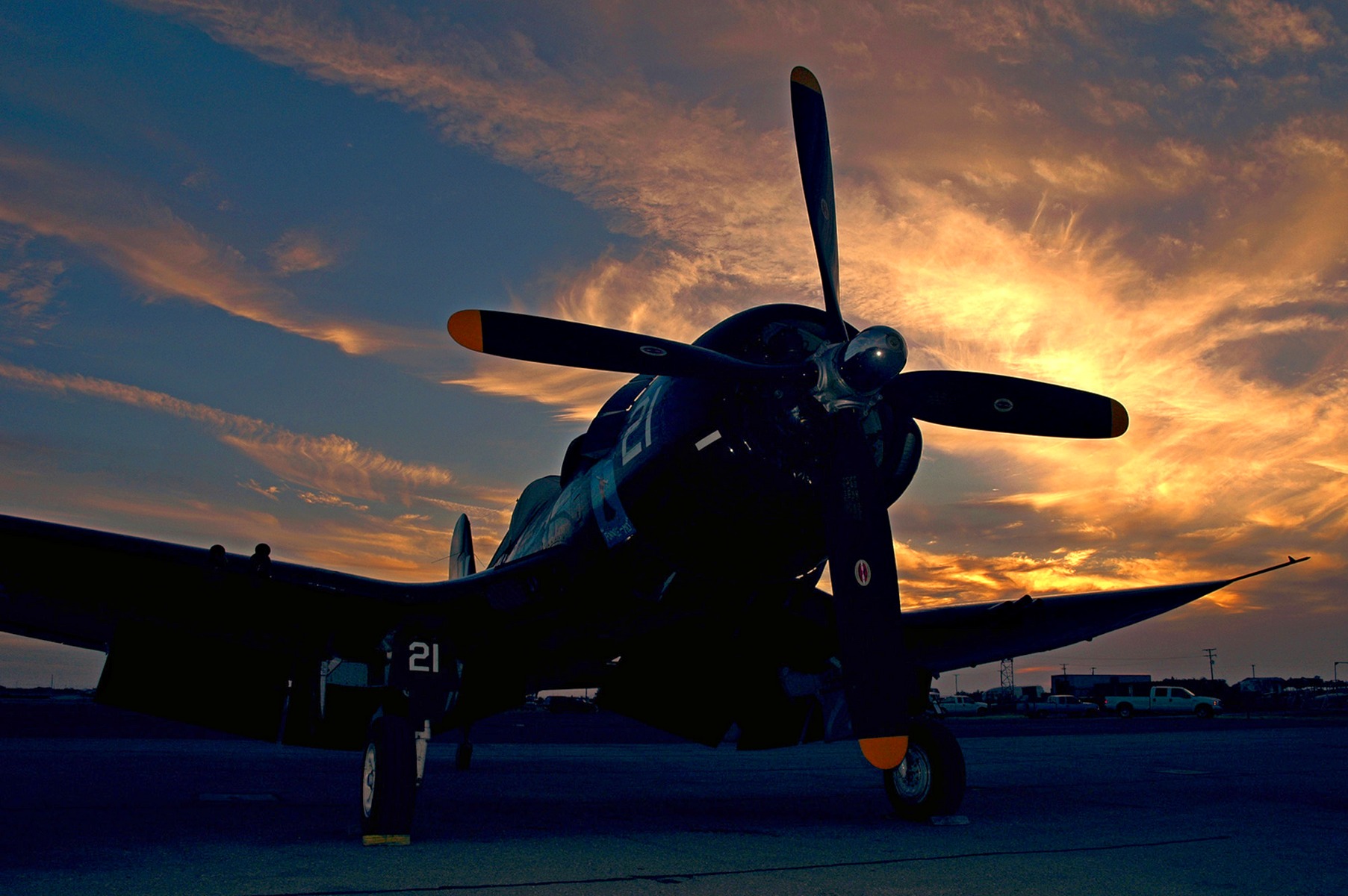

02157, was the third aircraft converted to the XF4U-3C proto type based upon the XF4U-3 standards, but it was subsequently destroyed in a crash and did not participate in the program. The airplane could maintain the WAP ( War Emergency Power) of 2600 hp from sea level up to 38200 ft ( 8595 m).į4U-1, BuNo. The plane was flown for the first time on 20th September 1944. 49664, was fitted with a Pratt & Whitney R-2800-14W powerplant with water/methanol power boost instead and with the turbo charger installed, it became the XF4U-3B. When developmental problems persisted with the Pratt & Whitney XR- 2800-16 C engine, the F4U-1A, BuNo. It was flown for the first time on 16th or 22nd April 1944.


This plane used the the birdcage canopy, the turbo supercharger was instalIed in a large fairing under the fuselage, this fairing was 50 inch large that it eliminated the catapult hooks, but this was of no consequence, since the proposed F4U-3 was to be used exclusively by the Marines as a land based fighter. The first prototype was called the XF4U-3A, and it was converted from a F4U-1A, BuNo. The change to this powerplant necessitated the use of a four-blade Hamilton Standard propeller with blades of 6501A-0 type. Plans were made in March 1942 for two proto types and a third was ordered in December 1942, to be converted from F4U-1 existing airframes and also decided mid 1943 to evaluate the Pratt & Whitnev XR-2800-16 "C"-series engine with a 2stage Birmann turbosupercharger of 1009A type. With the Vought project VS-331,Vought created the F4U-3 being a high speed, high altitude version of the Corsair fitted with a 2stage turbo supercharger from Rudolph Birmann of TEC from Trenton. On 14th June, BuAer asked Vought a proposal for making a high altitude version of the Corsair.


 0 kommentar(er)
0 kommentar(er)
